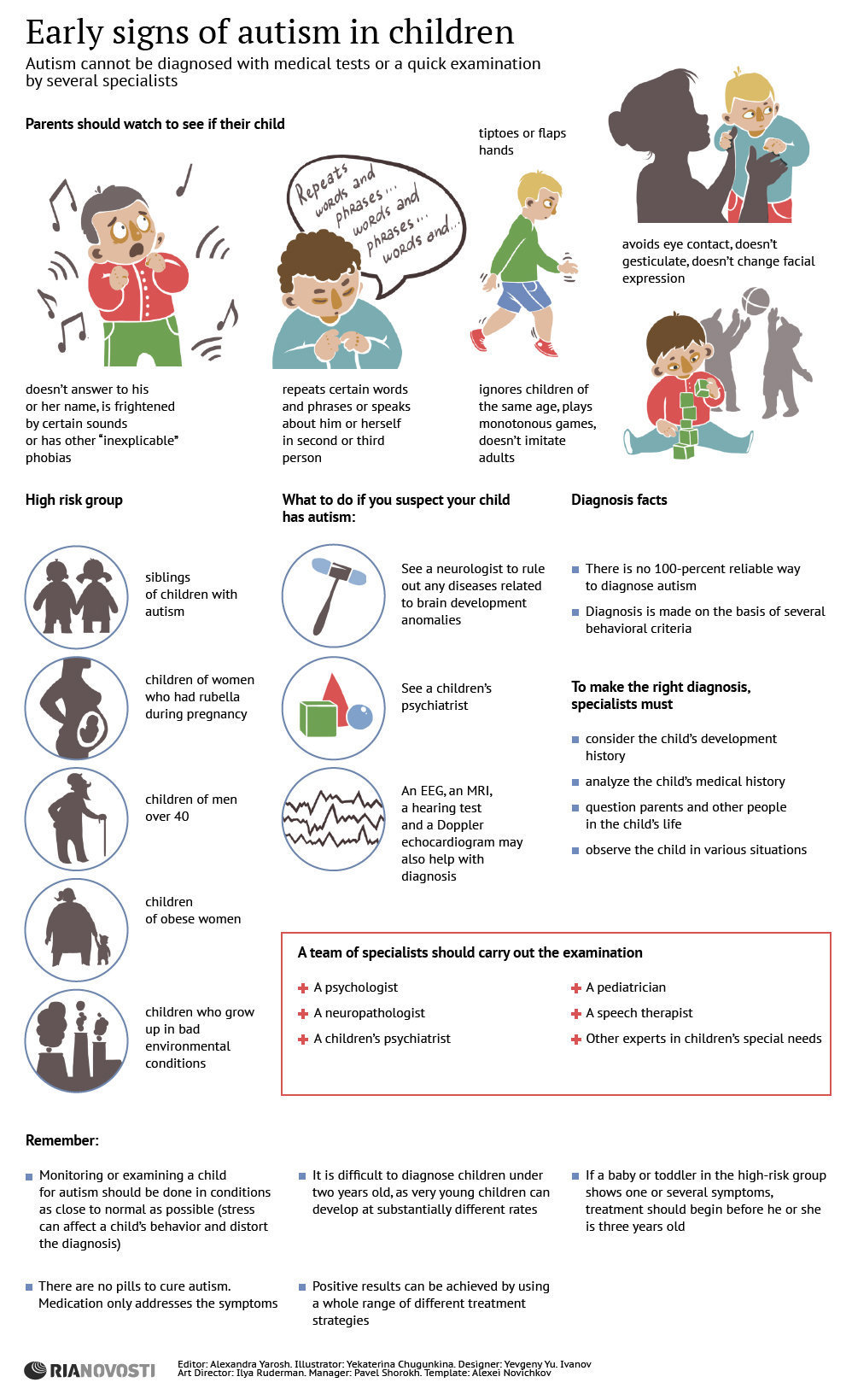What Are Ssris And How Do They Help
What Are Ssris And How Do They Help
Blog Article
Exactly How Do State Of Mind Stabilizers Job?
Mood stabilizers help to calm locations of the brain that are affected by bipolar disorder. These medications are most reliable when they are taken consistently.
It might take a while to locate the right medicine that functions ideal for you and your medical professional will monitor your condition throughout therapy. This will certainly entail regular blood tests and possibly a modification in your prescription.
Natural chemical law
Neurotransmitters are a group of chemicals that control one another in healthy and balanced people. When degrees come to be out of balance, this can lead to mood disorders like anxiety, stress and anxiety and mania. State of mind stabilizers aid to stop these episodes by aiding regulate the balance of these chemicals in the brain. They also may be utilized together with antidepressants to improve their efficiency.
Drugs that function as state of mind stabilizers consist of lithium, anticonvulsants and antipsychotics. Lithium is probably one of the most popular of these medications and works by affecting the flow of sodium through nerve and muscle cells. It is most often used to treat bipolar affective disorder, however it can likewise be valuable in dealing with other mood conditions. Anticonvulsants such as valproate, lamotrigine and carbamazepine are likewise efficient mood stabilizing medications.
It can take a while to find the best type of medication and dosage for each person. It's important to work with your doctor and engage in an open discussion concerning just how the drug is benefiting you. This can be specifically practical if you're experiencing any type of adverse effects.
Ion channel modulation
Ion channels are a major target of mood stabilizers and several various other medications. It is currently well established that they are dynamic entities that can be modulated by a selection of exterior stimulations. Furthermore, the modulation of these channels can have a series of temporal results. At one extreme, adjustments in gating characteristics may be fast and instantaneous, as in the nicotinic acetylcholine receptor/channel system. At the various other end of the range, covalent adjustment by protein phosphorylation may cause adjustments in network function that last longer.
The area of ion network modulation is entering a period of maturation. Current research studies have demonstrated that transcranial concentrated ultrasound (United States) can stimulate neurons by turning on mechanosensitive potassium and salt channels embedded within the cell membrane layer. This was shown by revealed channels from the two-pore domain name potassium family members in Xenopus oocytes, and concentrated US significantly regulated the present flowing through these networks at a holding voltage of -70 mV (ideal panel, family member effect). The outcomes follow previous observations revealing that antidepressants affecting Kv channels manage glia-neuron communications to opposite depressive-like actions.
Neuroprotection
State of mind stabilizers, like lithium, valproic acid (VPA), and carbamazepine, are vital in the treatment of bipolar illness, which is defined by persistent episodes of mania and depression. These medicines have neuroprotective and anti-apoptotic residential properties that help to stop mobile damage, and they additionally improve cellular strength and plasticity in inefficient synapses and neural circuitry.
These safety actions of state of mind stabilizers may be mediated by their restraint of GSK-3, inositol signaling, and HDAC activity. In addition, long-lasting lithium treatment secures against glutamate excitotoxicity in cultured nerve cells-- a design for neurodegenerative problems.
Research studies of the molecular and cellular results of mood stabilizers have actually shown that these drugs have a vast array of intracellular targets, including numerous kinases and receptors, in addition to epigenetic modifications. Refresher course is needed to figure out if mood stabilizers have neurotrophic/neuroprotective activities that are cell type or wiring particular, and just how these impacts might match the rapid-acting therapeutic action of these agents. This will certainly help to create new, much faster acting, more reliable treatments for psychological diseases.
Intracellular signaling
Cell signaling is the procedure by which cells connect with their environment and various other cells. It involves a series of steps in which ligands engage with membrane-associated receptors and lead to activation of intracellular paths that regulate necessary downstream cellular features.
State of mind stabilizers act on intracellular signaling via the activation of serine-threonine protein kinases, causing the phosphorylation of substrate proteins. This turns on signaling cascades, bring about changes in genetics expression and mobile function.
Lots of mood stabilizers (consisting of lithium, valproate and lamotrigine) target intracellular signaling paths by preventing details phosphatases or activating certain kinases. These effects trigger a decline in the activity of these pathways, residential mental health treatment which brings about a reduction in the synthesis of specific chemicals that can influence the brain and cause signs and symptoms of anxiety or mania.
Some state of mind stabilizers additionally work by improving the task of the inhibitory natural chemical gamma-aminobutryic acid (GABA). This boosts the GABAergic transmission in the brain and minimizes neural task, thus creating a relaxing effect.